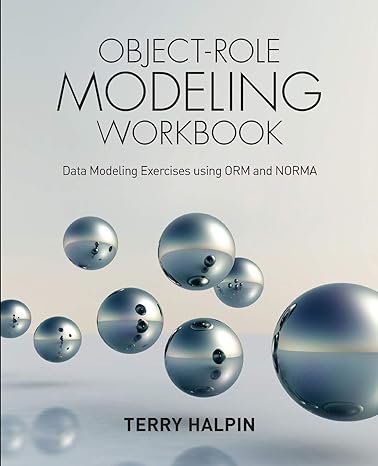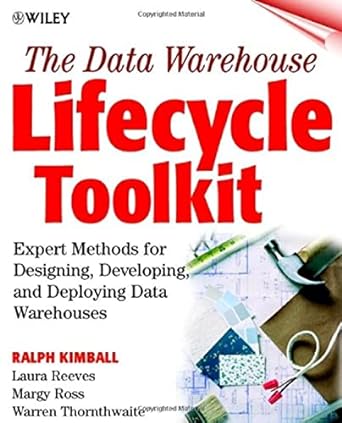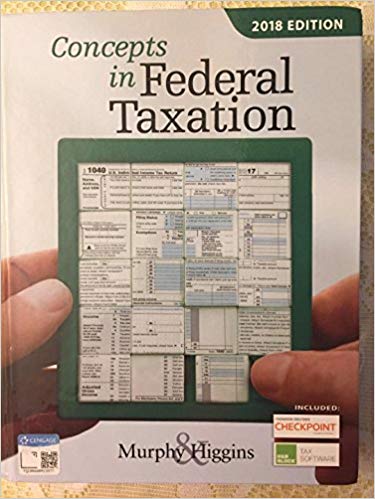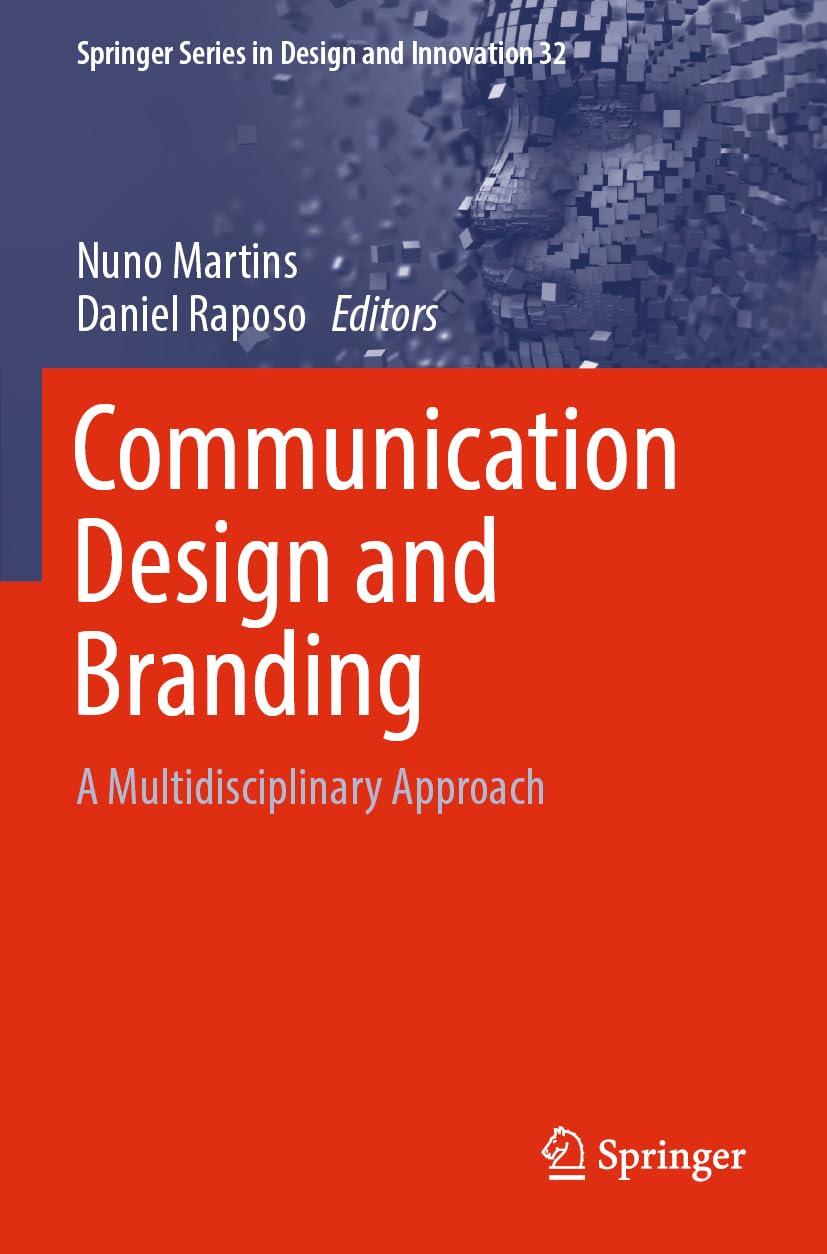Go back


Object Role Modeling Workbook Data Modeling Exercises Using ORM And NORMA(1st Edition)
Authors:
Terry Halpin

Cover Type:Hardcover
Condition:Used
In Stock
Shipment time
Expected shipping within 2 DaysPopular items with books
Access to 30 Million+ solutions
Free ✝
Ask 50 Questions from expert
AI-Powered Answers
✝ 7 days-trial
Total Price:
$0
List Price: $18.66
Savings: $18.66(100%)
Book details
ISBN: 1634621042, 978-1634621045
Book publisher: Technics Publications
Get your hands on the best-selling book Object Role Modeling Workbook Data Modeling Exercises Using ORM And NORMA 1st Edition for free. Feed your curiosity and let your imagination soar with the best stories coming out to you without hefty price tags. Browse SolutionInn to discover a treasure trove of fiction and non-fiction books where every page leads the reader to an undiscovered world. Start your literary adventure right away and also enjoy free shipping of these complimentary books to your door.
Book Summary: Object-Role Modeling (ORM) is a fact-based approach to data modeling that expresses the information requirements of any business domain simply in terms of objects that play roles in relationships. All facts of interest are treated as instances of attribute-free structures known as fact types, where the relationship may be unary (e.g. Person smokes), binary (e.g. Person was born on Date), ternary (e.g. Customer bought Product on Date), or longer. Fact types facilitate natural expression, are easy to populate with examples for validation purposes, and have greater semantic stability than attribute-based structures such as those used in Entity Relationship Modeling (ER) or the Unified Modeling Language (UML). All relevant facts, constraints and derivation rules are expressed in controlled natural language sentences that are intelligible to users in the business domain being modelled. This allows ORM data models to be validated by business domain experts who are unfamiliar with ORM’s graphical notation. For the data modeler, ORM’s graphical notation covers a much wider range of constraints than can be expressed in industrial ER or UML class diagrams, and thus allows rich visualization of the underlying semantics. Written as a sequel to the author’s previous book Object-Role Modeling Fundamentals, this book briefly reviews the fundamentals of ORM, and then discusses additional topics such as model reports generation, vocabulary glossaries, relational mapping options, annotated relational schemas, schema optimization, and data modeling patterns. Written in easy-to-understand language, it illustrates each topic with simple examples, and explains how to use the freeware NORMA tool to implement the ideas discussed. The book also includes many practical exercises to promote expertise in the techniques covered, with answers provided to all the exercise questions.
Customers also bought these books
Frequently Bought Together
Top Reviews for Books
Request nx9bwp0
( 5 )
"Delivery was considerably fast, and the book I received was in a good condition."










